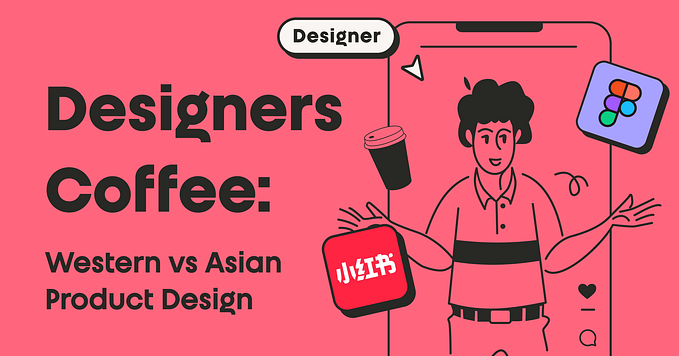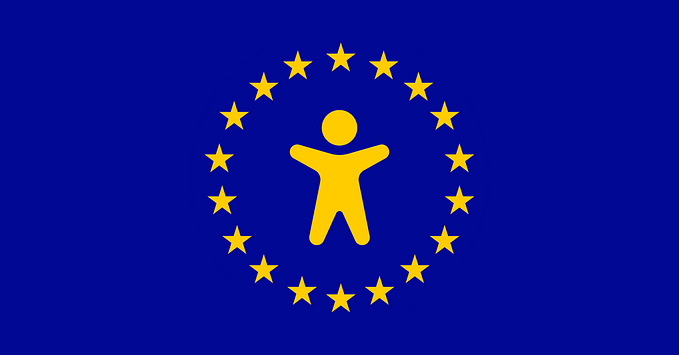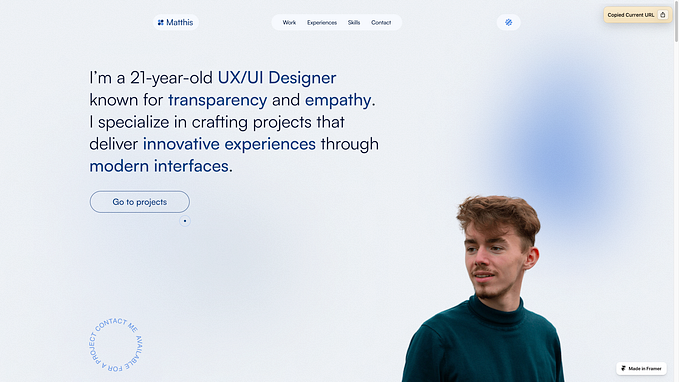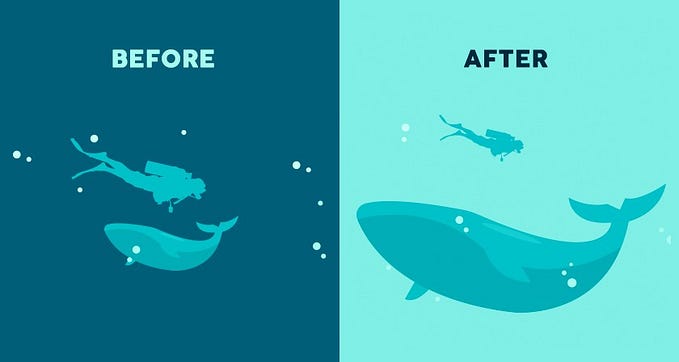Atomic Design and Atomic Research: could the combination be nuclear?
The Atomic Approach.
I have kept a close eye on the concept of Atomic Research here on Medium. Both Tomer and Pidcock have made an outstanding effort in the evolution of User Research field (or other types of research for that matter), with Atomic Research solutions.
To find out more go here, here and here.
Combining atomic studies
What I’m most curious about is the potencial nuclear power of Atomic Design and Atomic Research together, fueling each other.
Building a design system involves, among other things, creating and testing components and their responsive behavior. From my understanding, testing individual components with end users is not a priority. The goal is to test the organism within a context, and not the isolated atom.
When building a design system one must take into account the natural adaptation/mutation process atoms need to go through. Should this be influenced by user needs, new tech, business goals, or other forces that constantly push us to a state of art.
User feedback should be the most relevant force in an atomic design structure. A continuous process of learning from and with the user will help understand different needs, newly acquired skill sets and other behavioral trends relevant to how people use our solutions (and design system for that matter).
On the other hand Atomic Research has it's own unique complexity, but follows the same concept; the value of each unit is not as powerful as their combination, resulting into complex, interesting and powerful organisms.
The book “Small Data” by Matin Lindstrom has so many amazing examples of all the emotions and desires we could potentially miss if we only look at clientes through big data. Data mining is no surprise among social scientists, small data can gives us the depth we need to solve user needs, create new products and be relevant to our clients.
“If you want to understand how animals live, you don’t go to the zoo, you go to the jungle.”
Atomic Research can give power to teams who are often doing research field work, blinded by briefings and limited by narrow objectives. Big or small, data needs temperature and algorithms need wisdom. Atomic Research can help teams keep all the richness and depth of a single nugget or atom, and give evidence to new insights or organisms.
The connection
Obviously Atomic Design and Atomic Research are different from each other in terms of objetives and outcome. So how can one fuel another?
The Polaris spreadsheet available on AirTable (thank you Tomer!) can easily fit a “component column”, and tag each component available in a Design System gallery.

So let’s say you have consistently tested different flows with the same “checkbox” component. If different users have the same bad experience with ticking the box, the team will have enough evidence to understand how users interact with this atom, or the entire organism.
The Design System team could then have access to the Atomic Research spreadsheet and assess what needs to be improved or removed from UI guidelines (or even style guidelines!).
Combining user needs regarding usability/understanding of components are crucial for an evolving design system. An organism that doesn’t adapt to how/why users behave and interact with the atoms and molecules, could grow towards a useless blob.
Atomic Research can be fuel to a more client centric design system strategy, and generate nuclear results.
I’m looking forward to sharing some strong results of this combination soon. In the meantime, thanks again to Tomer Sharon and Daniel Pidcock for sharing their work!









